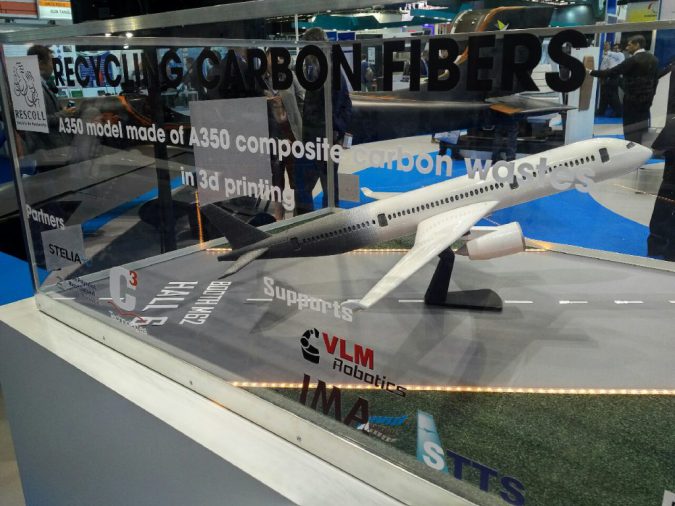The WASTEcost project, by RESCOLL, in the JEC Magazine
Rescoll’Blog / 31 août 2017 Computed laminography – production-integrated inspection of large-scale CFRP components
Computed laminography – production-integrated inspection of large-scale CFRP components
Production scrap and end-of-life products are a real challenge for the future of composites. The main goal of the WASTEcost project is to find a solution to upgrade waste from carbon-fibre-reinforced composites in order to manufacture an ecoproduct.
Carbon’s low-weight and strength properties are now well-known, and carbon is being used more and more in leading industries, like transportation (e.g. aviation, automotive), renewable energies (e.g. wind turbine blades), and competitive sports (e.g. sailing, Formula 1).
Used to reinforce a resin – usually epoxy – it makes the end product remarkably more stable and durable over time. As paradoxical as it may seem, these advantages also constitute a disadvantage insofar as there are currently few industrially viable solutions for recycling waste from this material (production scrap, part trimming) and carbon-containing products that reach end of life, for example, as will be the case for the Airbus A350 (52% carbon) when its operating life is over. In this context, research company Rescoll applied its earlier research (refer to JEC Magazine issues 85 and 90) towards the launch of the WASTEcost project a year ago. The project’s main goal is to find a solution to upgrade the waste from carbon-fibre- reinforced composites in order to create an ecoproduct.
To read the entire JEC Magazine article: RESCOLL JEC 114
To contact our specialist : sebastien.papin@rescoll.fr